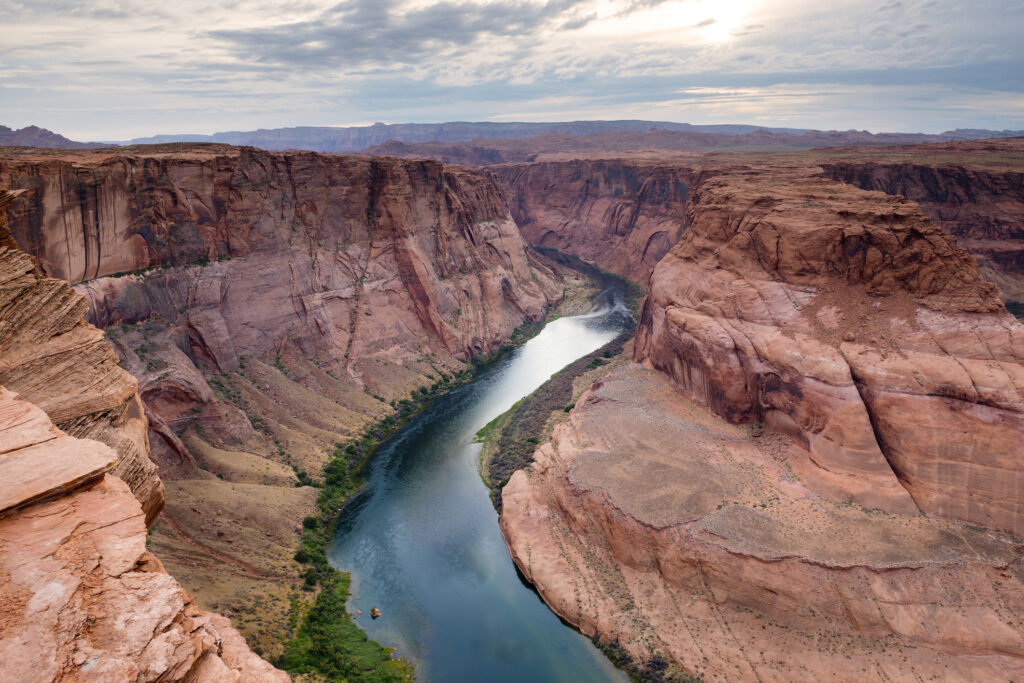Throughout October and November of 2018, Pacific Gas & Electric (PG&E) shut down substantial portions of its electricity transmission system in northern California for extended periods of time, supposedly as a precautionary measure.
According to the widely reported official story, which cited high wind speeds the company described as “historic,” the utility claims if it didn’t turn off the grid, wind-caused damage to its infrastructure could have started more wildfires.
Perhaps this is true. Perhaps. This tale presumes the folks who designed and maintain PG&E’s transmission system are unaware of or ignored the need to design it to withstand severe weather events, and that the Federal Energy Regulatory Commission and North American Electric Reliability Corporation allowed the utility to do so.
Seeking a Cause
Ignorance and incompetence happen, to be sure, but much about this story doesn’t smell right—and it is disappointing most journalists and elected officials have seemingly accepted it without question.
Take, for example, this statement from a Fox News story about the Kincade Fires: “A PG&E meteorologist said it’s ‘likely that many trees will fall, branches will break,’ which could damage utility infrastructure and start a fire.”
Did you ever notice that utilities cut wide swaths of trees away when transmission lines pass through forests? The reason for this is so when trees fall and branches break, the wires aren’t pulled down and the grid can still function.
If badly designed and poorly maintained infrastructure isn’t the reason PG&E cut power to millions of Californians, what might have prompted it to do so? Could it be PG&E’s heavy reliance on renewable energy means it doesn’t have the power to deliver when a “historic” weather event occurs?
Wind Speed Limits
The two most popular forms of renewable energy come with inherent operating limitations. With solar power the constraint is obvious: the availability of sunlight. One doesn’t generate solar power at night, and energy generation also drops off during the day if cloud cover increases.
The main operating constraint of wind power is, of course, wind speed. At the low end of the scale, you need about a six or seven miles-per-hour wind to get a turbine moving. This is called the “cut-in speed.” To generate maximum power, about a 30 mph wind is typically required.
If wind speeds are too high, however, wind turbines automatically shut down. This is called the “cut-out speed,” about 55 miles per hour for most modern wind turbines.
There is a very good reason wind turbines have a cut-out speed. Each wind turbine rotor is connected to an electric generator housed in the turbine nacelle. The connection is made through a gearbox sized to turn the generator at the precise speed required to produce 60 hertz AC power.
The blades of the wind turbine are airfoils, just like the wings of an airplane. Adjusting the pitch (angle) of the blades allows the rotor to maintain a constant speed, which in turn allows the generator to maintain the constant speed it needs to safely deliver power to the grid. However, there is a limit to blade pitch adjustment. When the wind is blowing so hard that pitch adjustment is ineffective, the turbine shuts down. That’s the cut-out speed.
Increasing Wind Power Risk
Now consider how California’s power generation profile has changed. According to Energy Information Administration data, the state generated 74.3 percent of its electricity from traditional sources—fossil fuels and nuclear—in 2001. Hydroelectric, geothermal, and biomass-generated power accounted for most of the remaining 25.7 percent, with wind and solar providing only 1.98 percent of the total.
By 2018, because of California’s laws forcing increasing amounts of renewable power onto the grid, renewable sources’ share of the electric power supply jumped to 43.8 percent of total generation, with wind and solar now accounting for 17.9 percent of total generation. That’s a lot of power dependent upon inherently unreliable sources. Accordingly, it wouldn’t be at all surprising to learn PG&E didn’t stop delivering power out of fear of starting fires but because it knew it would not have power to deliver once wind turbines shut down due to high winds.
Richard J. Trzupek ([email protected]) is a chemist who has been employed as an environmental consultant to industry for more than 25 years. This commentary was originally published in Epoch Times. Reprinted with permission.





